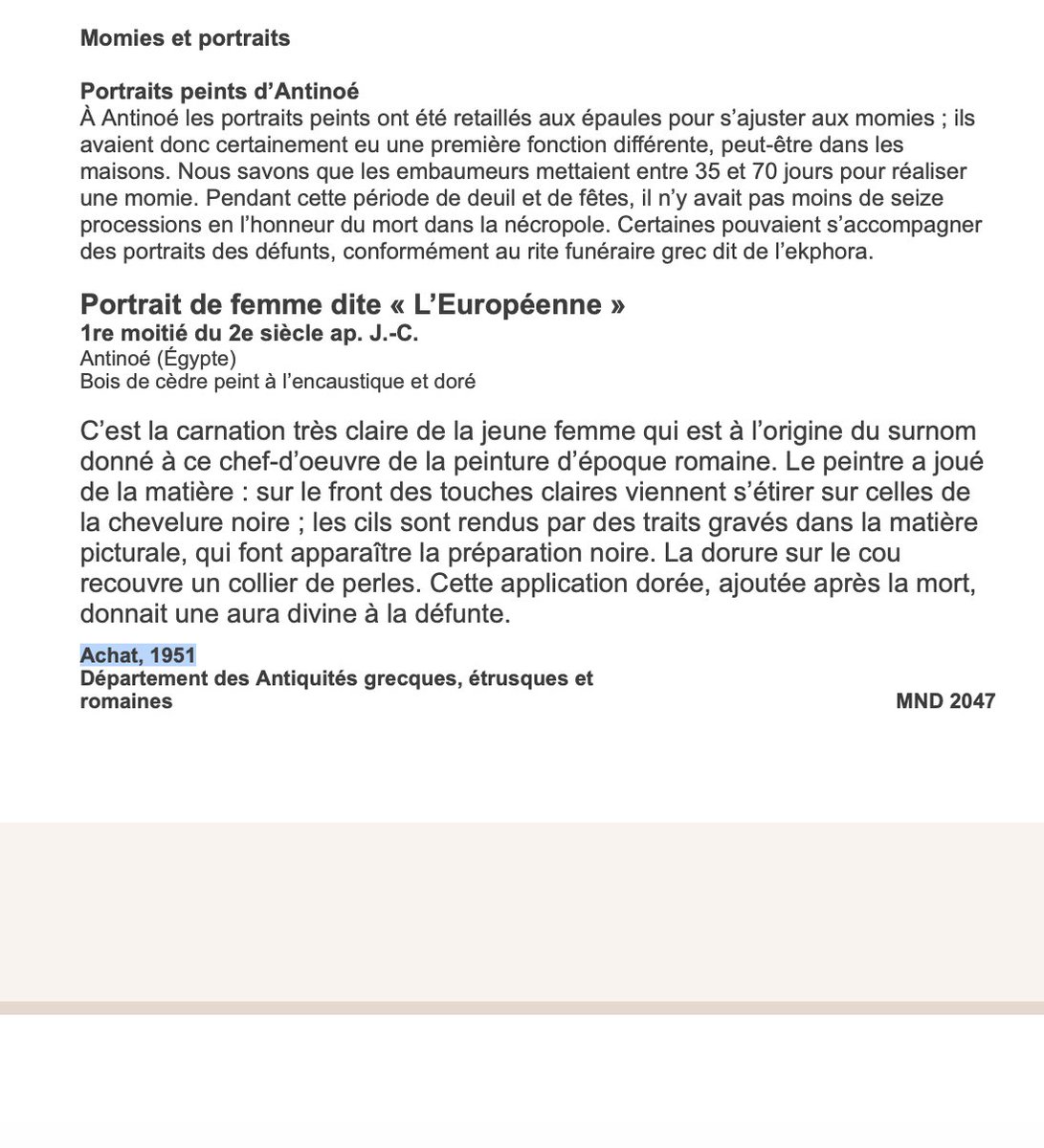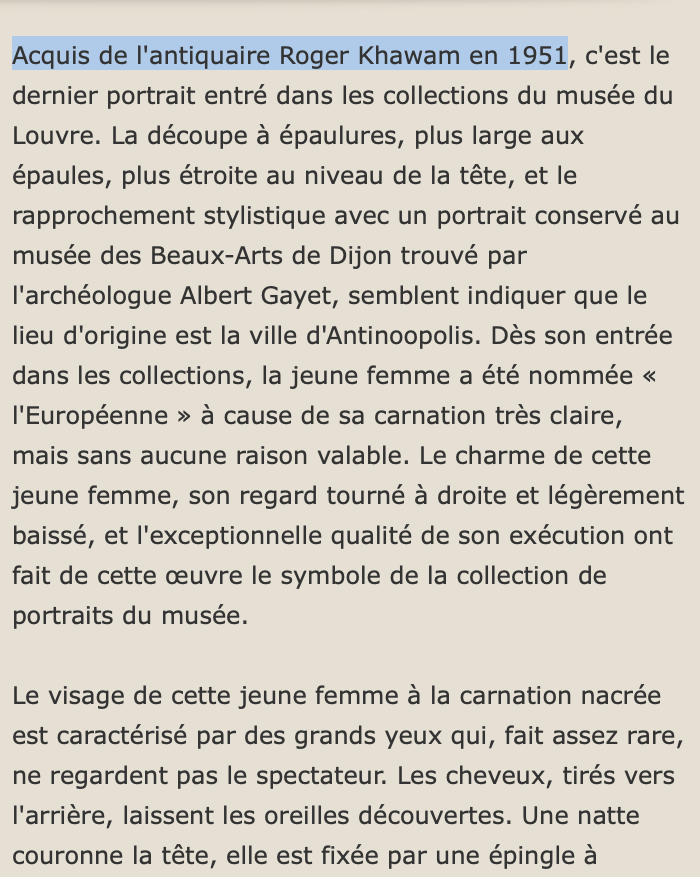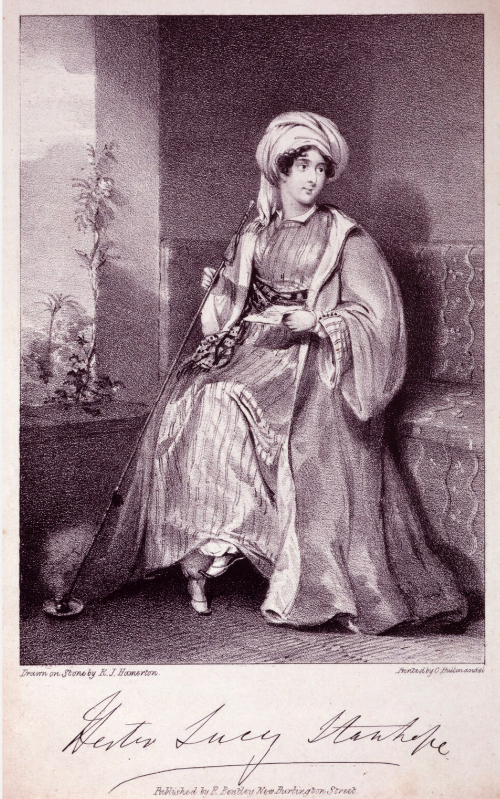A thread on the darker side of these Egyptian painted portraits.
But they've been also found at other sites throughout Egypt.
en.wikipedia.org/wiki/File:Faiy…
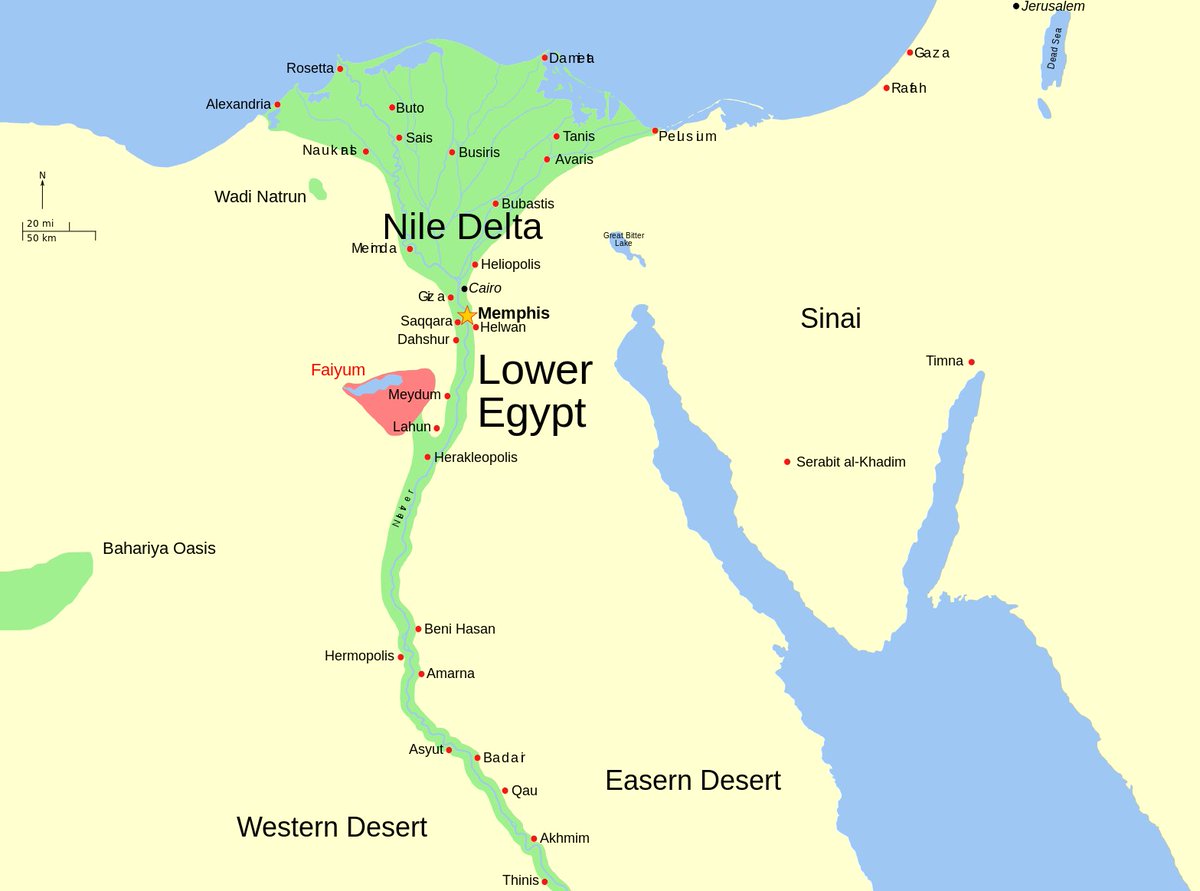
Why? Because most if not all of them originally came from mummies.
Left: British Museum
britishmuseum.org/collection/obj…
Right: Met
metmuseum.org/art/collection…
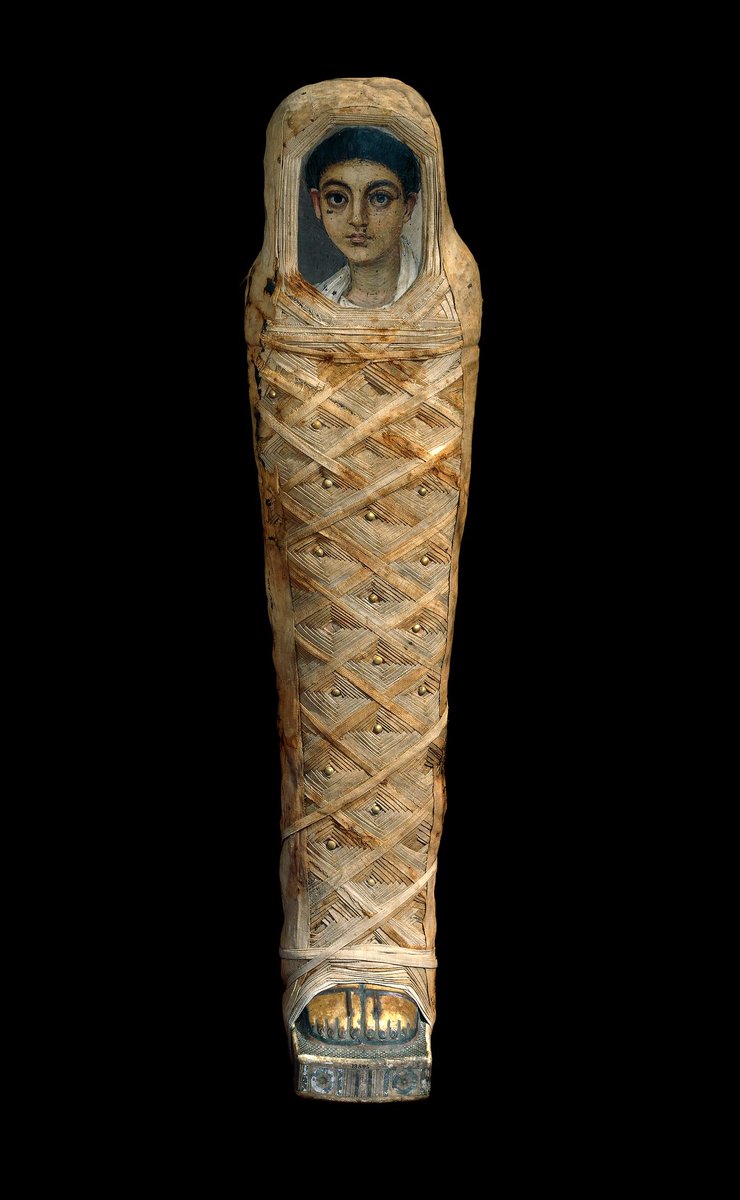
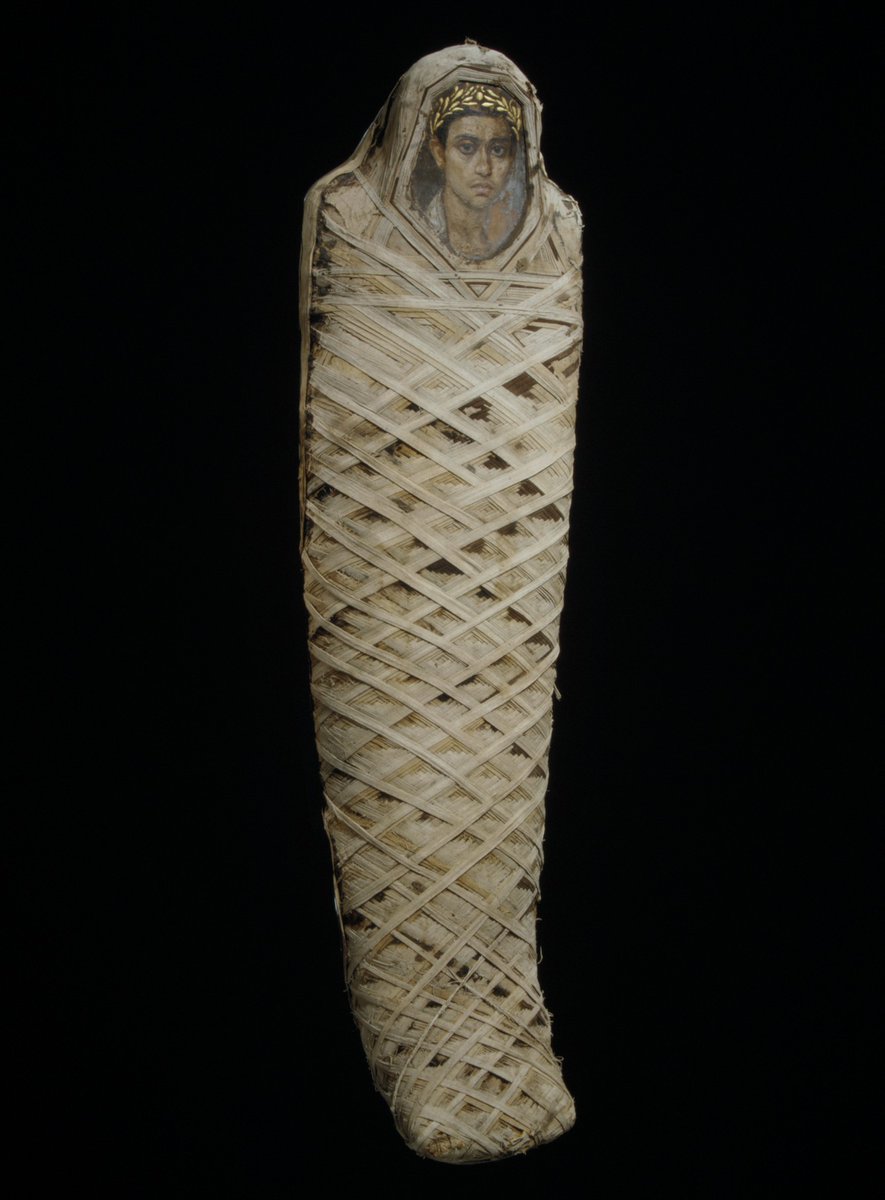
This is because most of them were cut off of the mummy wrappings when they were found in modern times.
He suggests it was impossible to transport them whole, and the portraits could be reinserted by museums.
archive.griffith.ox.ac.uk/index.php/petr…
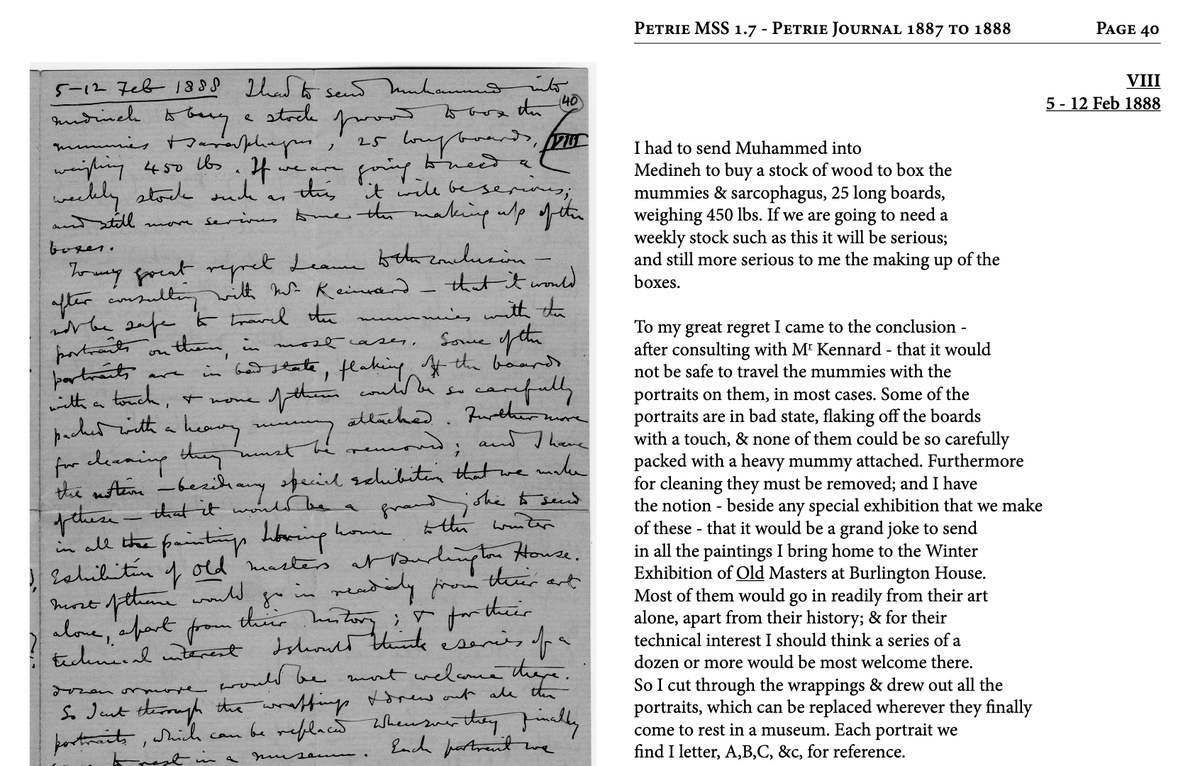
But many others -- I think most of them -- *weren't* reunited with mummies.
(Both of these are from Petrie's Hawara excavations & now in the British Museum)
britishmuseum.org/collection/obj…
britishmuseum.org/collection/obj…

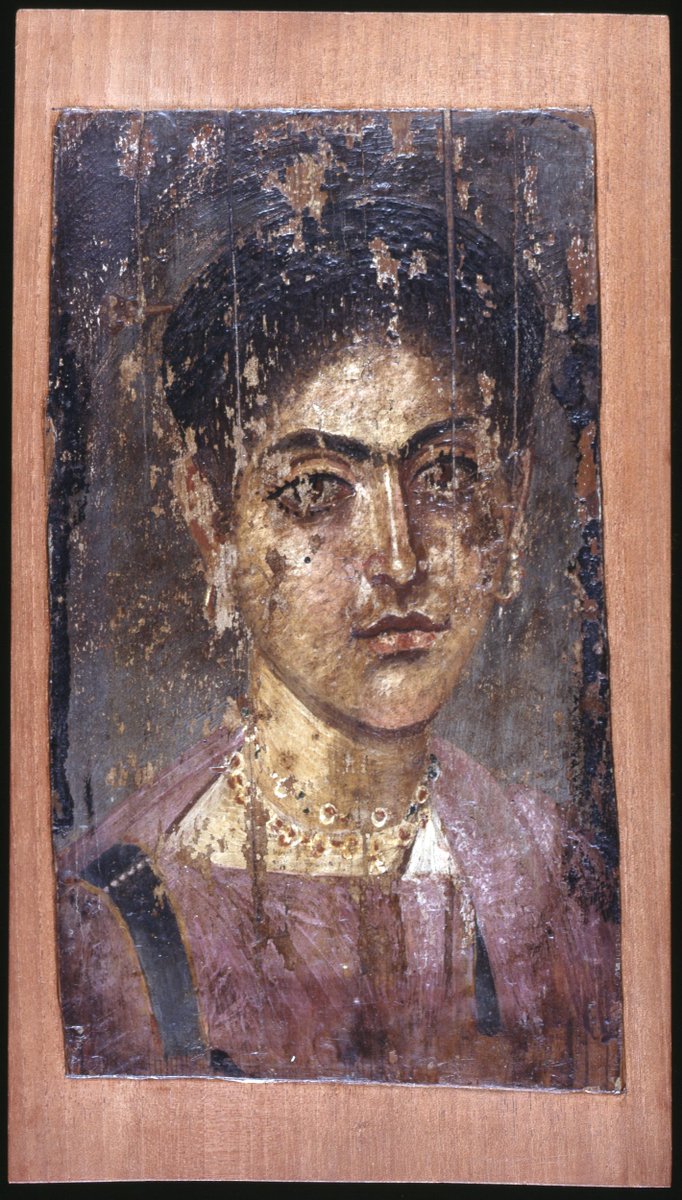
Here are two examples from the Met, purchased from 2 different antiquities dealers in the early 20th century.
metmuseum.org/art/collection…
metmuseum.org/art/collection…
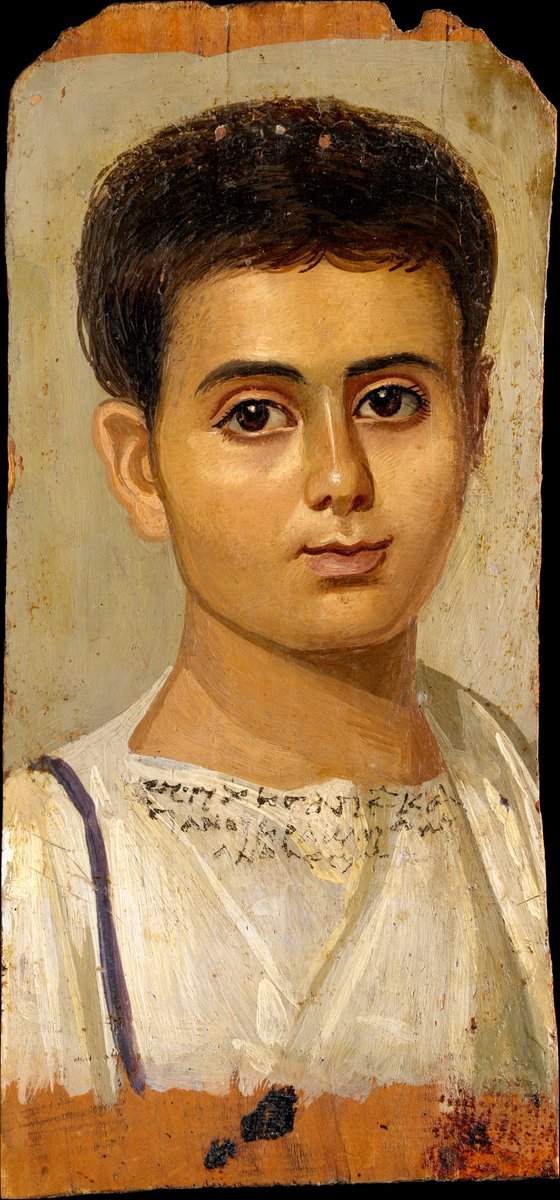

(Egypt had antiquities laws restricting excavation and export of antiquities since 1835.)
For European and American audiences -- and prospective European and American buyers.
to sell.
You could buy them at the World's Fair.
Look at the complete mummies. They don't fit comfortably as art. They are hybrids. They include *dead bodies*
(Already a commenter has compared one to an El Greco.)
You can imagine what the looters did!
Riggs notes that the gilded plaster mask above is now lost!
books.google.com/books?id=5pLX9…
They (like the complete mummies with painted portraits) are Greco-Roman and Egyptian "hybrids".
The painted portraits fit that idea, the others don't.
simonandschuster.com/books/Our-Orie…
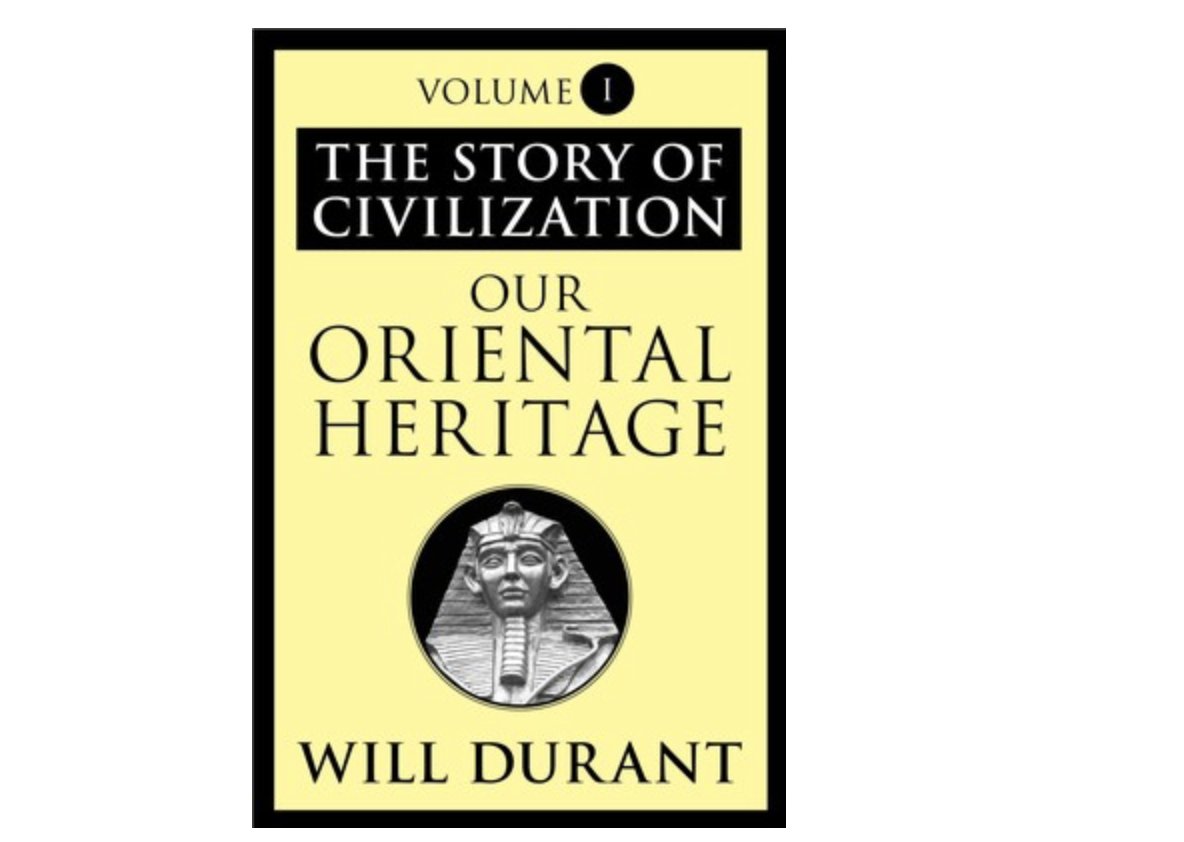
These portraits were acquired by raiding tombs (usually illegally),
cutting them off dead bodies,
and usually smuggling them out of the country
-- so that we in Europe and America could appreciate as art that we then insisted wasn't even by or for Egyptians.
The highlights page gives no details of acquisition, just a suggested origin of "Antinoé?" (Antinoopolis), modern El-Sheikh 'Ibada in central Egypt, well south of the Faiyum -- based only on formal similarities.
louvre.fr/en/oeuvre-noti…
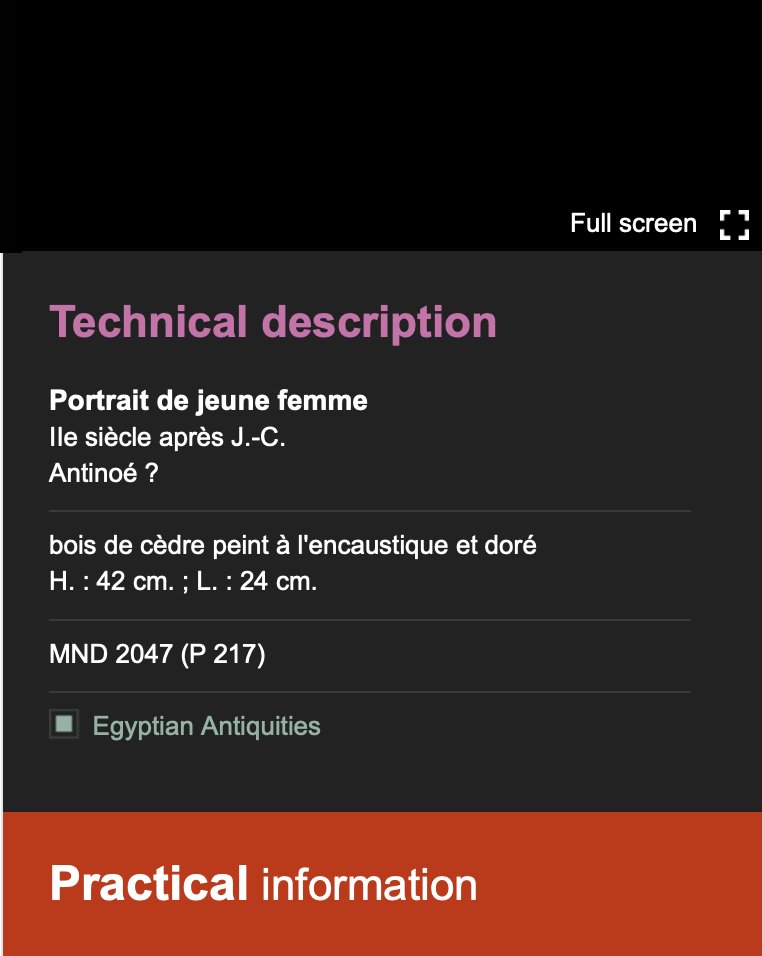
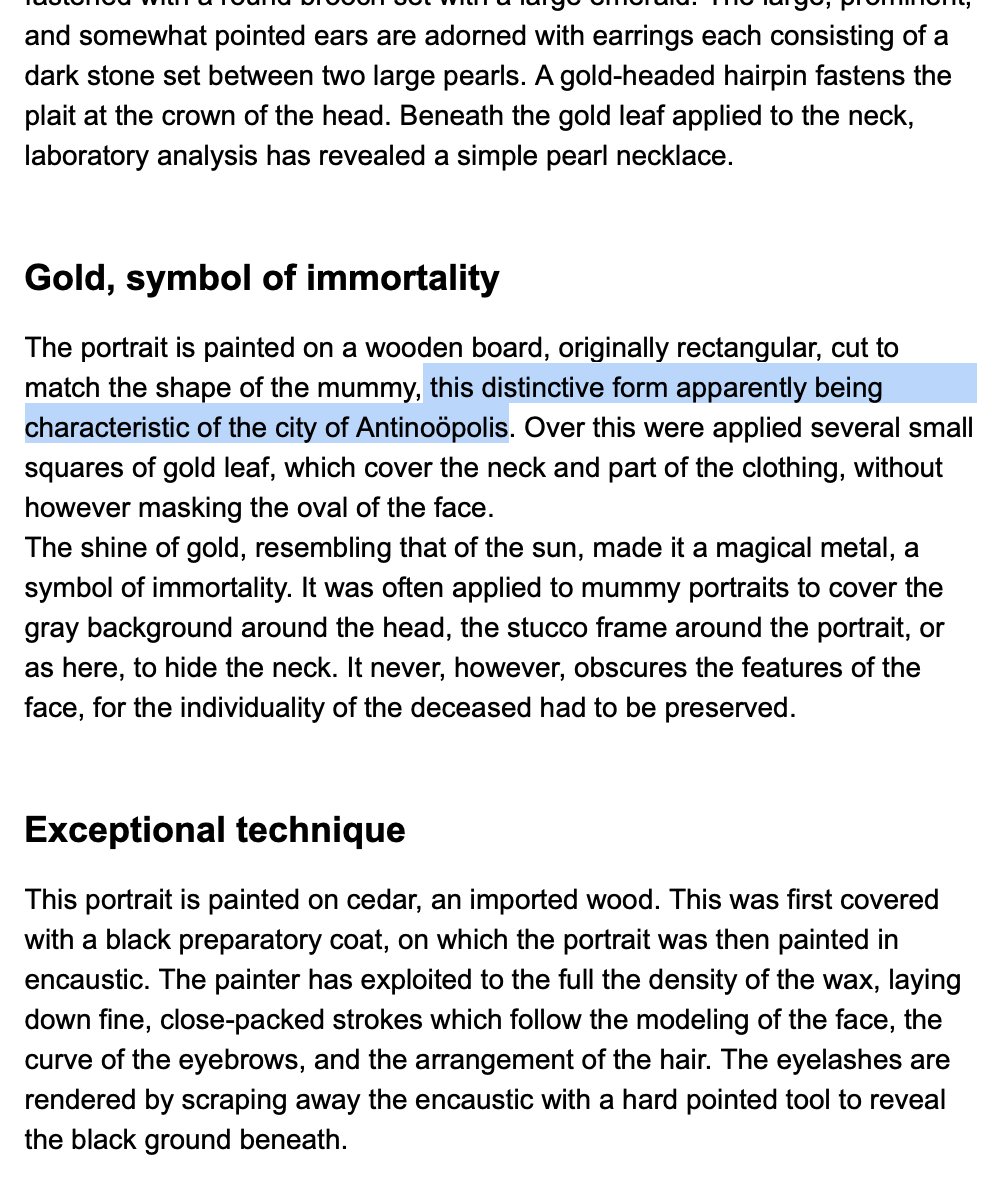
So, probably looted & smuggled (& ripped off a mummy) like most other examples.
cartelfr.louvre.fr/cartelfr/visit…
museumlab.fr/exhibition/06/…
